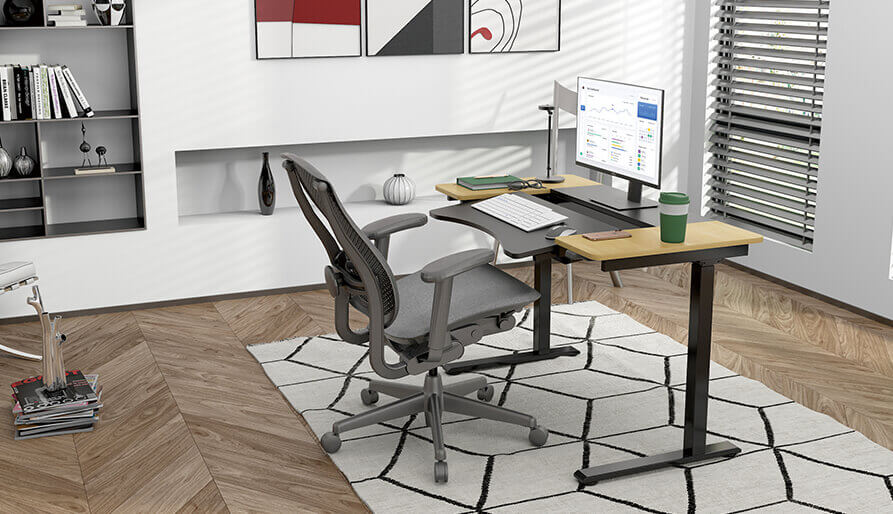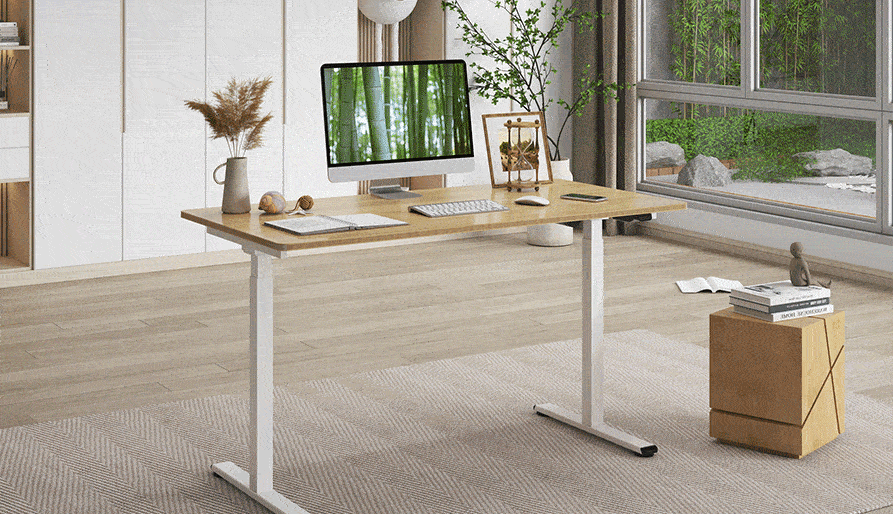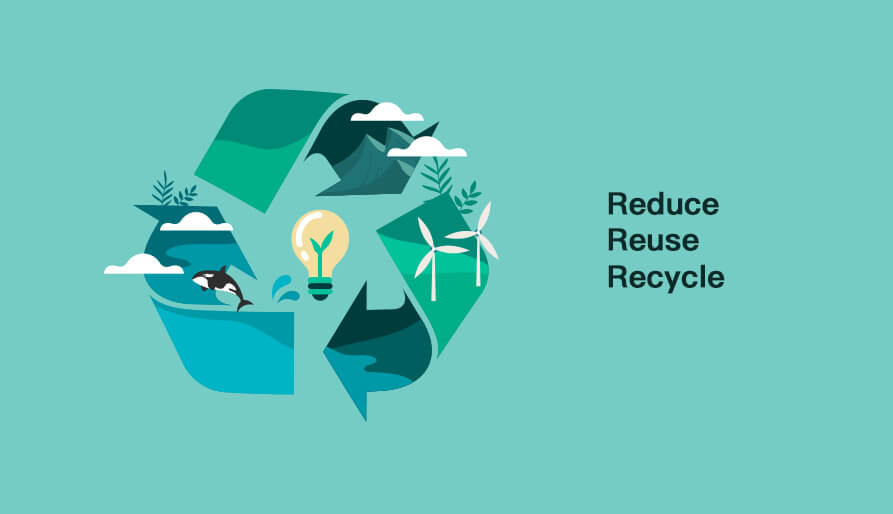desk

4 Tips to Manage Your Home office Ecofriendly

We used to have a beautiful world with glorious scenery and eyeful green,cheerful animals. It was normal to listen to the bird singing while waking up in the morning with plenty of green out of the window. But not now, or to say, not that much nowadays.
It is human beings that take advantage of nature with greed, become blindly because of short-term gains.
However, as is known to all, what we did to the earth, finally it will come to us. That is true as human being has paid the price for what we had done, suffering countless environmental disasters just as London’ killer fog.
What we can do is to take measures from things around us. They seems small and trivial, but important indeed. After all, small things might change one’s life. Similarly, small movements from people in different places definitely benefits our environment.
You are already minimizing your carbon footprint by working from home and not commuting regularly. This is a fantastic way of helping the environment on its own. However, there are many ways for you to do more good, for example,arranging an eco-friendly home office.
Keep reading for basic suggestions on how to build a sustainable and green working environment at home.
Use Non-Toxic Cleaning Products
Many standard cleaning solutions may include hazardous compounds that are harmful to both our bodies and the environment. Request that your professional home cleaner uses natural or environmentally friendly cleaning products. You can also make your own cleaners and request that they use them instead.
Why not have a look at our newest bamboo series! All the desktops are made of “the most sustainable and earth-friendly ” natural material bamboo with better durability as well as elasticity compared to wood, providing refreshing appearance. Click here to fill in the contact form for more information!

Make Energy-Saving Habits a Priority
Your everyday routines have a direct impact on how much energy your workspace consumes. You may reduce your usage in several ways by modifying some of your workflows and establishing energy-saving behaviors. When not in use, switch off your computer speakers and printer, and at the end of the day, power off your computer and all connected devices (same on weekends). These are small actions that add up to significant savings over a month or year.
Reduce, Reuse, Recycle
The three Rs, reduce, reuse, and recycle, are probably familiar to you. You may build your workspace by repurposing your existing furniture and other furnishings. This applies to other supplies as well. Items that may be reused, such as envelopes, pens, and paper, should not be discarded. Before you chuck them out, try to get as much use out of them as you can. It will save you money and waste fewer materials as a result of this.

Use Energy-Efficient Options
Look for the most power-efficient equipment and devices based on what you do and what you utilize. You should also ensure that all equipment you purchase has energy-saving settings that can be used to save money on energy when needed. You must always take the initiative and unplug anything you aren't going to use daily because they can still suck power even when they aren't being used.
Taking this initiative has the added benefit of allowing you to share your knowledge with others. It will have a ripple effect if you assist other home-based businesses or employees in creating a more eco-friendly workstation.